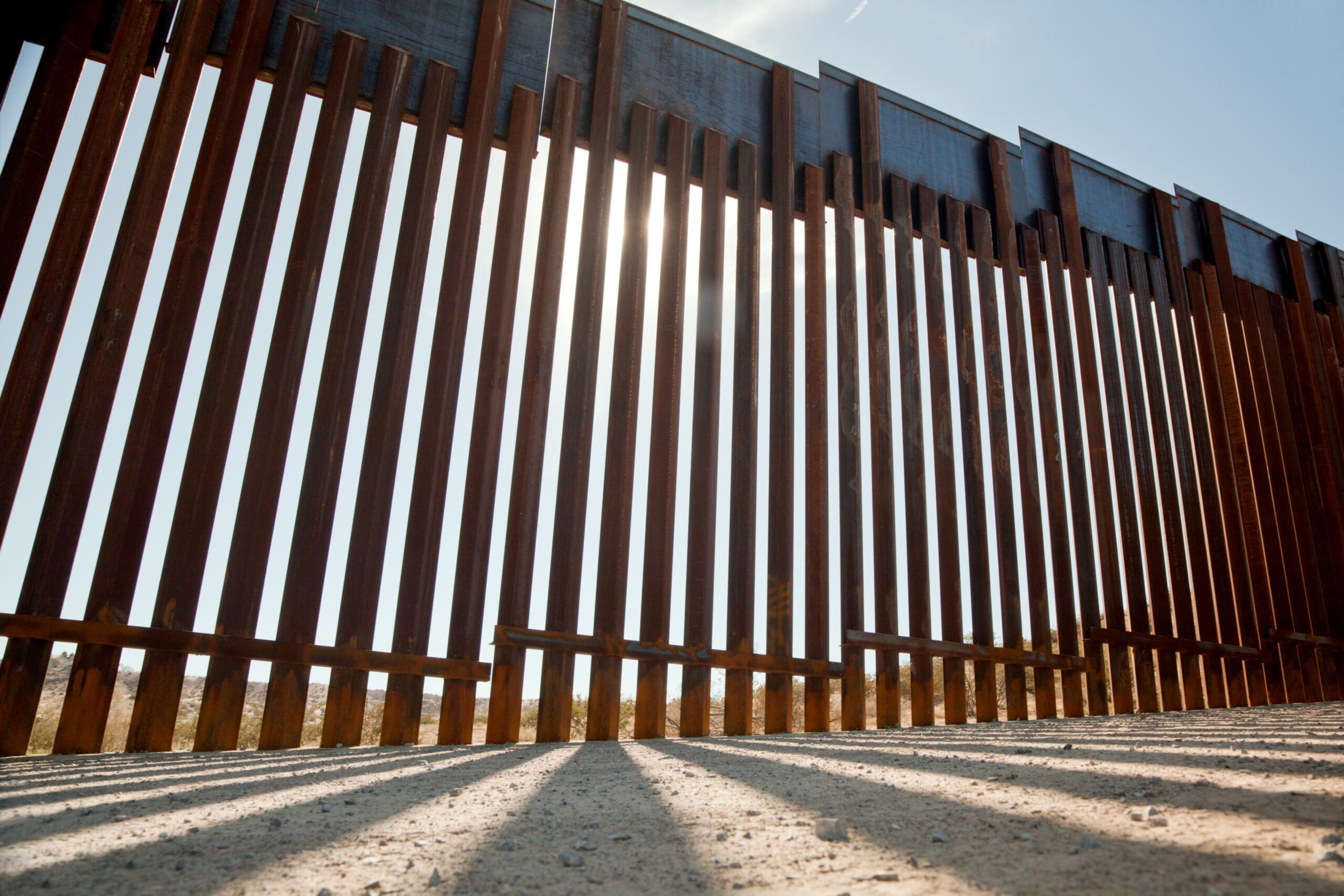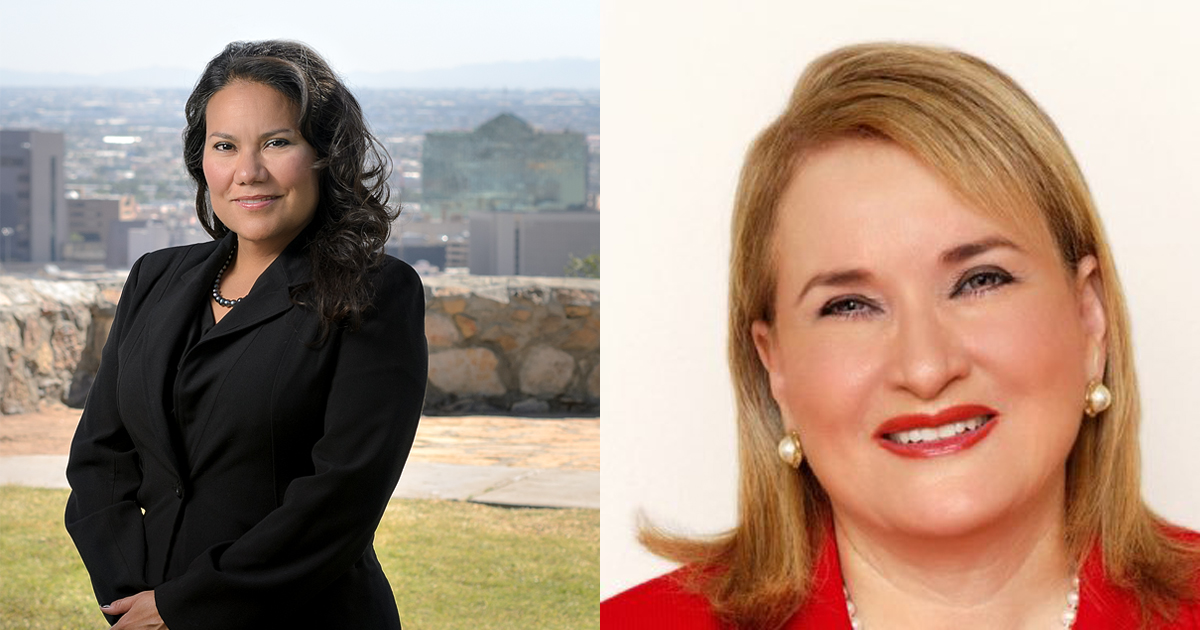
Biden Administration Waives 26 Laws to Accelerate Border Wall Construction
On the campaign trail, the president once promised there would “not be another foot” constructed under his watch.
Editor’s Note: Read some additional context on this story.
Originally published by Truthout. Subscribe to their newsletter here.
For the first time under President Joe Biden, officials are using authority established under former President Donald Trump to waive dozens of laws in order to continue construction on the racist southern border wall, sparking outrage from activists.
The Biden administration is bypassing 26 laws, including crucial environmental, public health, and cultural preservation laws, in order to continue building the barrier along the border in southern Texas. The construction will be centered around what border officials say is a particularly busy crossing point of “high illegal entry” in Starr County.
The Department of Homeland Security (DHS) wrote in its notice on the decision that DHS Secretary Alejandro Mayorkas has determined that “it is necessary to waive certain laws, regulations, and other legal requirements in order to ensure the expeditious construction” of the wall.
Activists have condemned the move, noting that Biden had promised on the campaign trail that “there will not be another foot of wall constructed” under his administration. Biden had also issued an executive order in 2021 saying that, “Building a massive wall that spans the entire southern border is not a serious policy solution,” and that “It shall be the policy of my administration that no more American taxpayer dollars be diverted to construct a border wall.”
Biden is not only going back on his pledge to halt border wall construction but also his administration’s promises to protect and enforce environmental laws, many of which were gutted by Trump.
“It’s disheartening to see President Biden stoop to this level, casting aside our nation’s bedrock environmental laws to build ineffective wildlife-killing border walls.”
“It’s disheartening to see President Biden stoop to this level, casting aside our nation’s bedrock environmental laws to build ineffective wildlife-killing border walls,” said Laiken Jordahl, Southwest conservation advocate for the Center for Biological Diversity, in a statement. “Starr County is home to some of the most spectacular and biologically important habitat left in Texas and now bulldozers are preparing to rip right through it. This is a horrific step backwards for the borderlands.”
The laws being waived include environmental and public health laws like the Clean Air Act, Safe Drinking Water Act, and National Environmental Policy Act; species protection laws like the Endangered Species Act and the Migratory Bird Treaty Act; and cultural and Native American protection laws like the Native American Graves Protection and Repatriation Act.
With these laws waived, the administration can bypass the normal process of public reviews and avoid lawsuits in order to speed up construction.
In the notice, Mayorkas wrote that there is “presently an acute and immediate need to construct physical barriers and roads in the vicinity of the border” to prevent unlawful entries into the United States, playing into the xenophobic and racist argument that the government must prevent asylum seekers from entering the country by any means necessary.
The construction will be paid for under existing funding approved in 2019 for the wall, which the administration says needs to be used by the end of this fiscal year. But the justification for using the funds—that the United States faces a supposed influx of asylum seekers at the southern border—is largely a fabrication of right-wing lawmakers and news outlets seeking to stoke anti-immigration sentiments and fears.
This article is licensed under Creative Commons (CC BY-NC-ND 4.0), and you are free to share and republish under the terms of the license.



